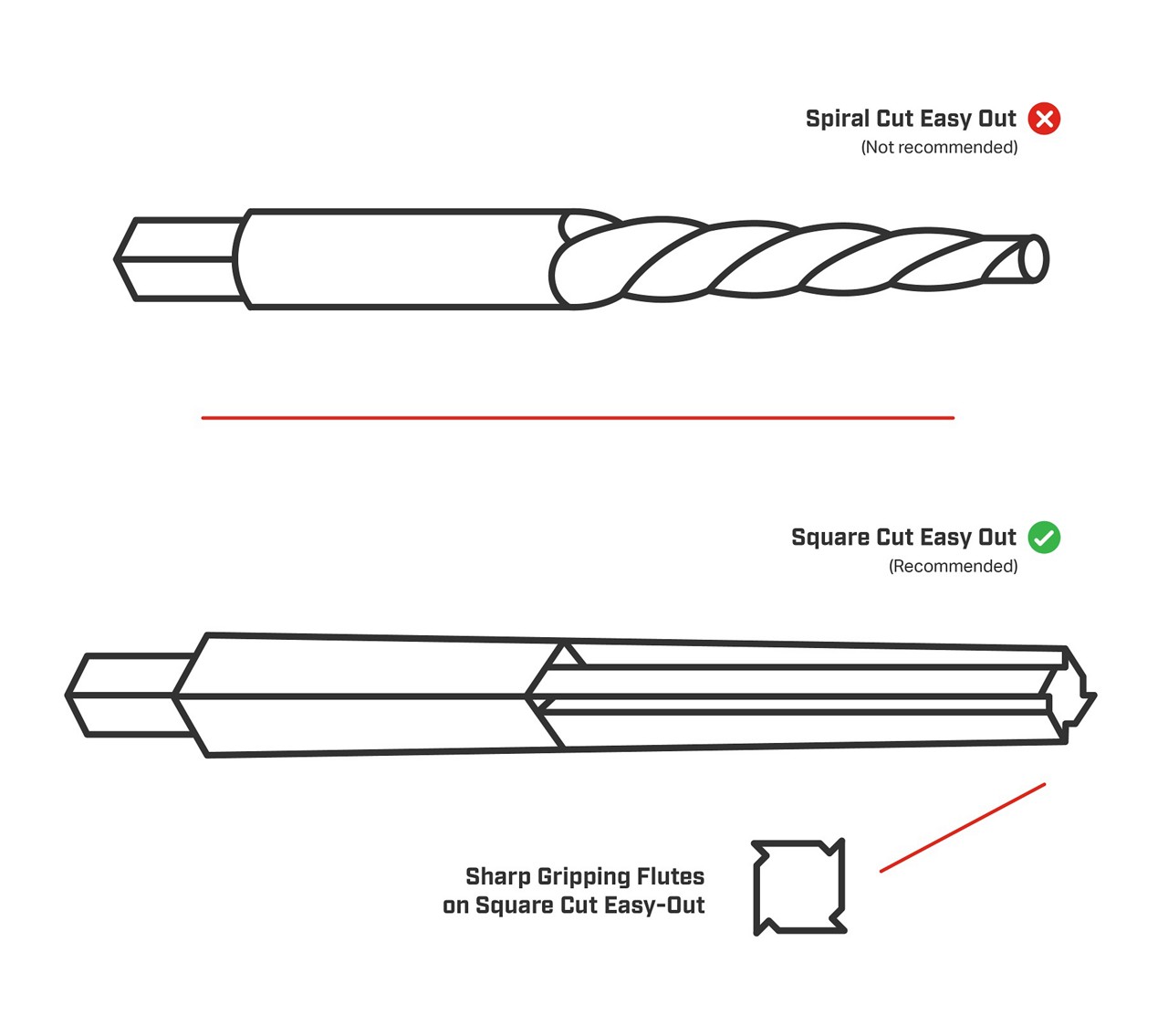Removing a broken spark plug can be tricky. But it’s not impossible.
A few tools and patience can make it manageable. Spark plugs are vital for your engine’s performance. When one breaks, it can cause stress. But you don’t need to panic. This guide will help you understand the steps needed to remove a broken spark plug safely and efficiently.
Whether you’re a seasoned mechanic or a car owner facing this issue for the first time, our step-by-step instructions are here to assist you. You’ll gain confidence and knowledge to tackle the problem yourself. Let’s get started and bring your vehicle back to its best shape.
Tools And Materials
Gather essential tools like a spark plug socket, ratchet, and extension. Ensure you have penetrating oil, pliers, and a spark plug extractor. These materials help safely and effectively remove the broken spark plug.
Essential Tools
You will need a few essential tools. A ratchet wrench and socket set are necessary. A spark plug extractor is also required. A magnet tool can help too.
Safety Gear
Wear safety goggles to protect your eyes. Use gloves to keep your hands safe. Ear protection is also a good idea.
Replacement Parts
Have a new spark plug ready. You may also need a new ignition coil. Check your vehicle’s manual for specifics.

Credit: www.reddit.com
Preparation Steps
Ensure the engine is cool before starting. Gather necessary tools like pliers, penetrating oil, and a spark plug extractor. Disconnect the battery to avoid electrical hazards.
Engine Cooling
Let the engine cool down completely. This step is very important. Working on a hot engine can be dangerous. A cool engine helps you work safely. Wait for at least an hour after driving.
Workspace Setup
Prepare your workspace. Gather all necessary tools. You will need pliers, a socket wrench, and a spark plug remover. A clean and organized space helps you work efficiently. Ensure your area is well-lit.
Safety Precautions
Safety first. Wear protective gloves and goggles. These protect your hands and eyes. Make sure the car is on a flat surface. Use wheel chocks to prevent the car from moving.
Initial Inspection
Begin by examining the spark plug area for any visible damage. Look for signs of corrosion or debris around the plug. This initial inspection helps determine the best removal method.
Identifying Damage
First, look at the spark plug closely. Check for cracks or chips. See if the threads are damaged. Use a flashlight for a better view. Look for any debris around the plug. This can help you know what tools you need.
Assessing Accessibility
Check how easy it is to reach the broken plug. Some plugs are deep inside the engine. You might need special tools. Look for any wires or parts in the way. Move them carefully if needed. Make sure you have enough space to work.

Credit: www.championautoparts.com
Removing Debris
Removing debris is crucial when dealing with a broken spark plug. Use a vacuum or compressed air to clear the area first. This prevents any fragments from falling into the engine during the removal process.
Cleaning Area
First, ensure the engine is cool. Remove any loose dirt around the spark plug. Use a brush to clear away visible debris. Avoid pushing dirt into the spark plug hole. Next, use compressed air. Aim the nozzle at the area around the plug. Blow out remaining particles. This step prevents debris from entering the engine. Cleanliness is vital. It helps maintain engine health. A clean workspace also reduces risk of further damage. Always wear safety glasses. Protect your eyes from flying debris.
Using Compressed Air
Compressed air helps clear out stubborn dirt. Hold the nozzle close to the spark plug. Direct the air blast around the area. Ensure all debris is cleared. This prevents dirt from falling into the engine. A clean area makes the job easier. It also ensures no additional issues arise. Proper cleaning is essential. It helps in smooth removal of the broken spark plug. Safety precautions are important. Always use protective gear. This includes glasses and gloves.
Extracting The Spark Plug
First, gather the necessary tools. You will need a spark plug socket, an extension bar, and a ratchet. Use the spark plug socket to grip the broken plug. Turn the ratchet counterclockwise. Apply steady pressure. The broken plug should start to move. If it doesn’t, try using a lubricant spray. This can help loosen it. Be patient. Don’t rush. Applying too much force can cause damage.
If tools don’t work, try a different method. You can use a screw extractor. This tool can grip the broken spark plug. Insert it into the spark plug hole. Turn it counterclockwise. Apply steady pressure. The broken plug should come out. Another method is using a strong magnet. This can sometimes pull out the broken pieces. Be cautious with all methods to avoid further damage.
Handling Stuck Spark Plugs
Spray a penetrating oil around the base of the spark plug. Let it sit for a few minutes. This helps to loosen the rust and debris. Use a wrench to turn the spark plug gently. Do not apply too much force. You may break the spark plug. If it does not move, apply more oil. Wait again and try turning it once more. Patience is key.
Use a heat gun or blowtorch. Aim it at the base of the spark plug. Heat it for a few minutes. The metal will expand slightly. This can help to break the bond. Be careful not to overheat. Too much heat can damage the engine parts. After heating, try to turn the spark plug with a wrench. Use slow and steady pressure.
Installing A New Spark Plug
Always select the correct spark plug for your car. Check your car’s manual. The manual will list the recommended spark plug types. Using the wrong plug can damage your engine. You can also ask at an auto parts store. They can help you find the right plug.
First, ensure the engine is cool. Then, clean the spark plug area. Insert the new spark plug carefully. Hand tighten it first. This prevents cross-threading. Next, use a torque wrench to tighten the plug. Follow the manufacturer’s torque specs. Over-tightening can cause damage. Finally, reconnect the spark plug wire. Ensure it is secure. Your new spark plug is now installed.

Credit: www.youtube.com
Post-removal Checks
Check for any debris in the cylinder after removing a broken spark plug. Ensure no damage to the threads or cylinder head. Test the new spark plug to confirm proper installation.
Engine Test
Start the engine. Listen for any strange sounds. The engine should run smoothly. Check for any unusual vibrations. Keep an eye on the dashboard. Make sure there are no warning lights.
Final Inspection
Look over the engine. Make sure everything is in place. Check all connections and wires. Look for any loose parts. Verify that the new spark plug is tight. Inspect for any leaks or drips. Ensure the area is clean and dry.
Conclusion
Removing a broken spark plug can seem tough, but it’s doable. Follow the steps outlined above for a smoother process. Use the right tools and take your time. Safety should be your top priority. If you’re unsure, seek help from a professional.
Regular maintenance can prevent future issues. Keep your vehicle in good shape for a safer drive. Remember, patience and care go a long way.
